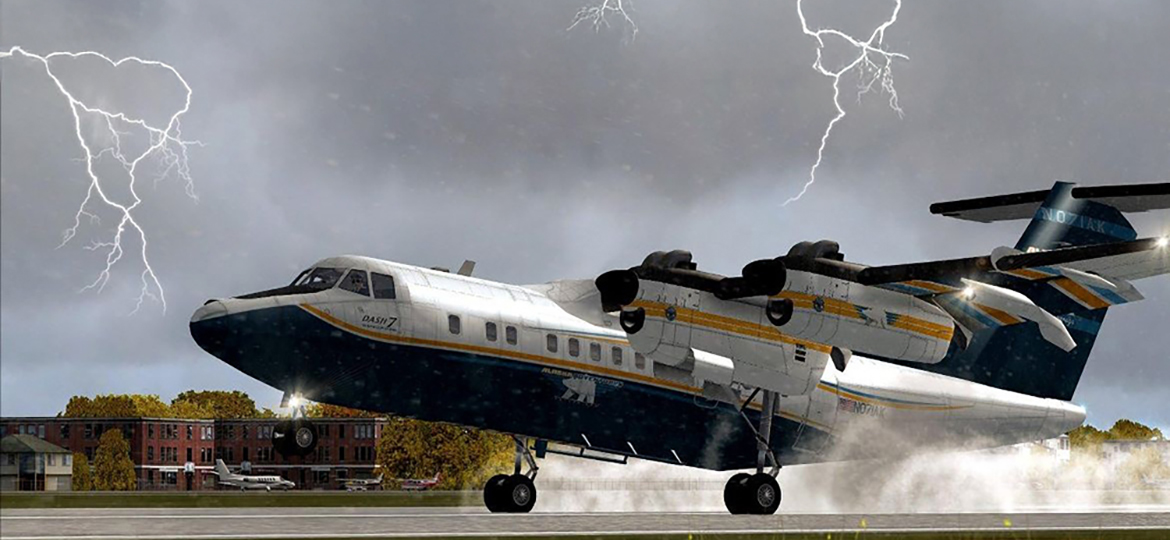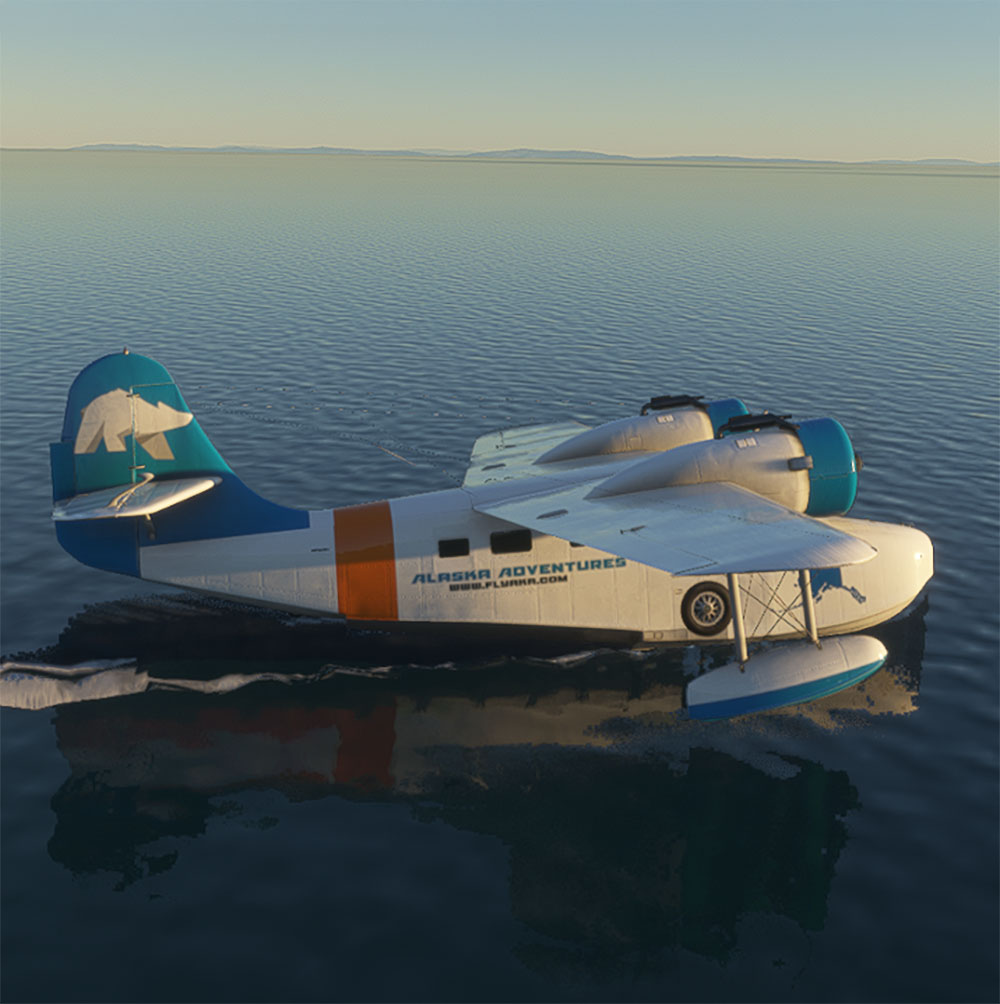de Havilland Canada Dash 7

Aircraft Description
The de Havilland Canada DHC-7, popularly known as the Dash 7, is a turboprop-powered regional airliner with short take-off and landing (STOL) performance. Variants were built with 50–54 seats. It first flew in 1975 and remained in production until 1988 when the parent company, de Havilland Canada, was purchased by Boeing in 1986 and later sold to Bombardier. In 2006 Bombardier sold the type certificate for the aircraft design to Victoria-based manufacturer Viking Air.
In the 1960s, de Havilland Canada was already well known worldwide for their series of high-performance STOL aircraft, notably the very popular DHC-2 Beaver and DHC-6 Twin Otter. However, these aircraft were generally fairly small and served outlying routes, as opposed to the busier regional airliner routes which were already well served by larger, higher-performance turboprop aircraft such as the Fokker F27, Fairchild F-27, Convair 580, Convair 600, and Hawker Siddeley 748.
he de Havilland Canada company personnel felt they could compete with these designs in a roundabout way. With their excellent STOL performance, their designs could fly into smaller airports located in city centres and smaller, outlying, more austere airports having runways that the other aircraft could not easily use (unpaved, unimproved). The original specification called for an aircraft that could carry 40 passengers and operating from runways only 2,000 ft long (610 m), and designed for, with a full load of passengers, the ability to fly 700 nautical miles (1296km), or a range of 805 statute miles.
With new noise restrictions coming into effect throughout the 1970s, an aircraft tailored for this role would also have to be very quiet. Propeller noise is a factor of blade length and chord and the speed at which it rotates. To meet these new regulations, the new design used much larger (oversized) propellers geared to rotate at a lower speed than is normally designed. Much of the problem sound from a typical propeller is generated at the tips of the blades which are rotating at or just beneath the speed of sound. By using oversize propeller blades, there is no need to have the blade tip reaching near the speed of sound, and the rotating speed can therefore be reduced without sacrificing thrust. In reducing the speed, this noise is reduced substantially. The Dash 7 often landed at only 900 rpm, and took off at only 1,210 rpm.
In other respects, the new DHC-7 was essentially a larger, four-engine version of the Twin Otter: the general layout remained similar, with a high aspect ratio, high-mounted wing, and similar details of the cockpit and nose profile. Changes included the addition of cabin pressurization (requiring a switch to a fuselage with a circular cross-section), landing gear that folded forward into the inner engine nacelles, and a large T-tail intended to keep the elevator clear of the propwash during take-off (the Twin Otter's empennage was a cruciform arrangement).




